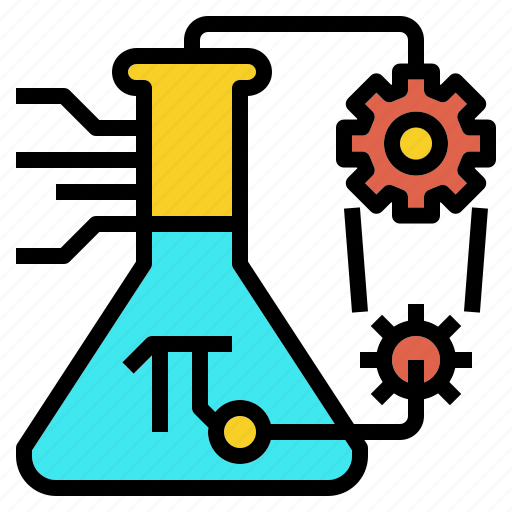Fluids fundamentals lab Products

Hydrostatics
Code : (CFF-21)
The hydrostatic pressure apparatus is a tabletop kit created to determine forces on surfaces subjected to hydrostatic pressure.
Hydrostatic pressure plays a crucial role in various engineering sectors, including shipbuilding, hydraulic engineering, and building services.
• Investigation of the way pressure spreads across a surface submerged in a stationary liquid
• Demonstration of sideways force caused by hydrostatic pressure
• finding the point where pressure force is concentrated and the geometric center
• calculating the total inward force caused by the pressure

Reynolds No
Code : (CFF-22)
The Reynolds numbers apparatus is a bench top kit designed to be connected to the hydraulic main unit, offering valuable hands-on experience for learners.
It demonstrates the importance of visualizing laminar and turbulent flows.
Additionally, the experimental method can be used to find the critical Reynolds number.
• visualizing laminar flow
• illustrating the transition zone
• illustrating turbulent flow
• identifying the critical Reynolds number

Bernoulli
Code : (CFF-23)
The demonstration unit of Bernoulli's principle typically showcases Bernoulli's theory, which explains the correlation between fluid flow velocity and pressure.
Measure the pressure in a venturi nozzle to achieve this.
• Venturi Nozzle Velocity Profile
• Venturi Nozzle Pressure Distribution
• Calculating Flow Rate Factor

Visualization of stream lines
Code : (CFF-24)
The purpose of the Laminar Flow Streamlines Visualization Trainer is to show the flow patterns in ideal fluids.
The instructor utilizes water as a running medium and ink as a contrasting medium to enhance visibility.
• influence of sources and sinks
• visualization of streamlines

Pipe friction
Code : (CFF-25)
The benchtop unit is used to study pipe frictional losses in laminar and turbulent flows, enabling the calculation of the pipe friction coefficient.
• Analyzing how friction impacts pressure and quantifying pressure drop in both laminar and turbulent flow.
• Contrast between friction-induced pressure drops in laminar and turbulent flow.
• Finding the critical Reynolds number.
• Analyzing how Reynolds number is related to the type of flow.
• Comparing the theoretical friction coefficient factor to the actual friction factor through a demonstration.
• Determination of the pipe friction coefficient.

Series and parallel training unit
Code : (CFF-26)
The setup of pumps is designed to investigate how pumps are connected in series and parallel configurations.
The device can also be utilized to establish the pump performance curves.
• Studying the operation of pumps in series and parallel setups
• Calculating the total head
• Documenting the performance of the pumps
• Calculating the hydraulic power
• Finding the working point
